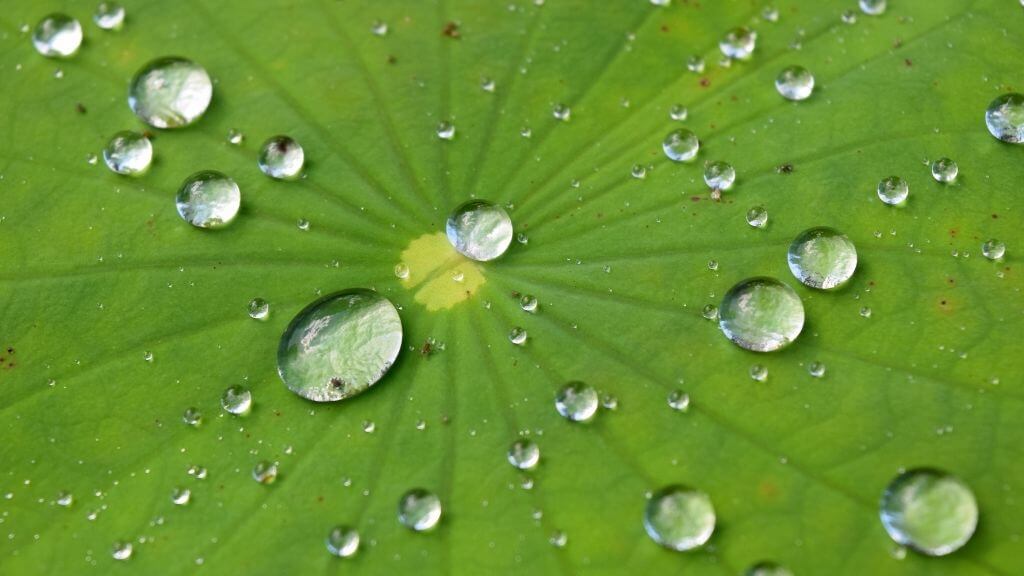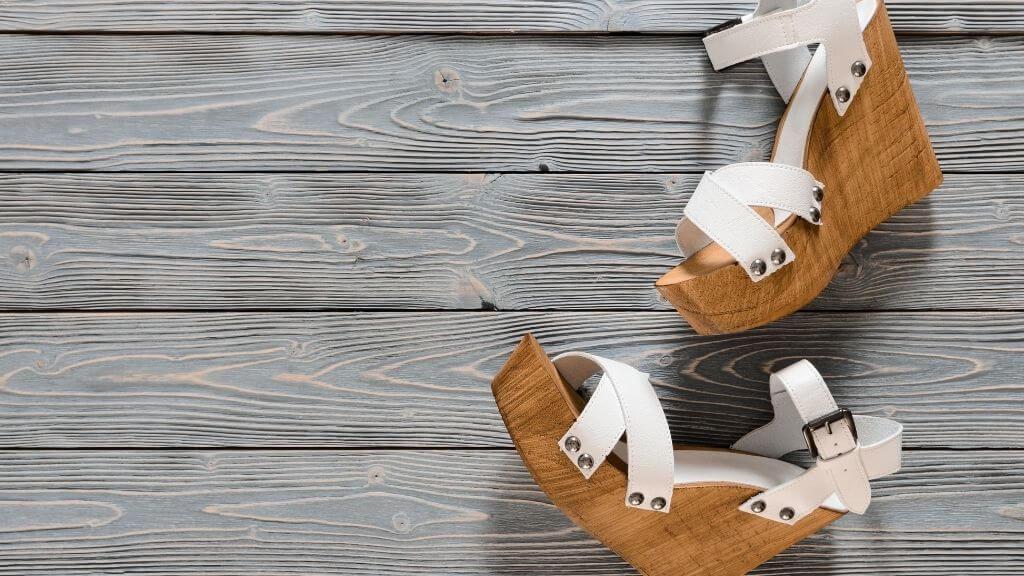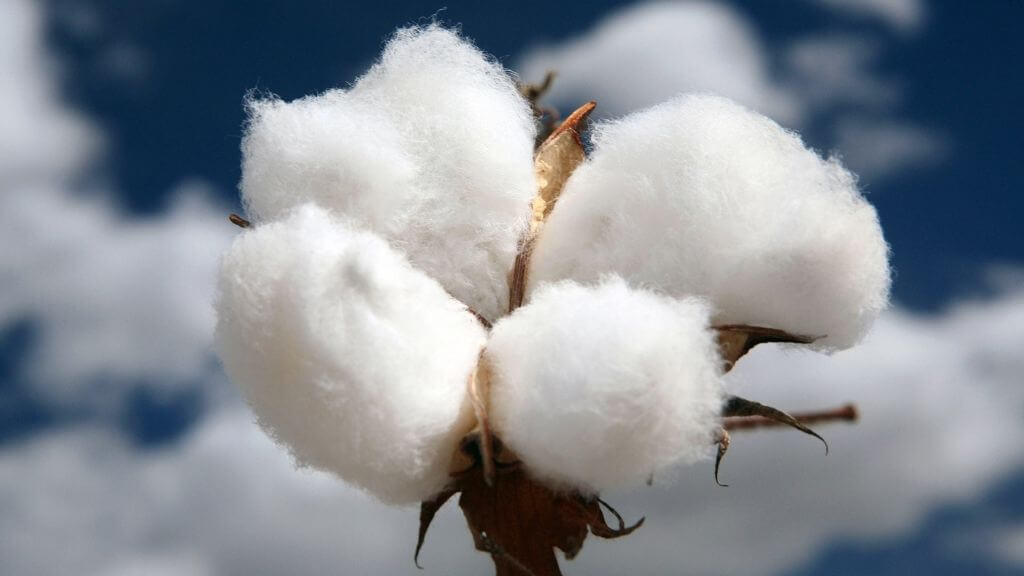Looking for the Best Faux or Fake Leather? Plants May Be the Answer
7 minute read
On one side of the fence are those that love the feel of leather. It is a favored material for shoes, accessories and clothing. Then there are those who find leather, and likely other animal products, to be unethical.
Fake leather alternatives flourished after consumers began looking for a different kind of leather, but these substitutes don’t always cut it. Thankfully, a new faux leather from the plant world is gaining popularity, which makes everybody happy.
The Trouble With Leather
For those that love leather, it is often disappointing to find out how expensive real deal can be. A true substitute that is not as costly and that does not harm animals could be the next big thing.
As much as people love leather, it has fallen out of favor recently. Not just because of animal activists, but also because it is expensive and hard to maintain.
| Related: Will Your Next Fave Fast Food Be Vegan? |
Leather requires a lot of work to protect its integrity. Up until now, even fake leather substitutes have not been able to repel water, let alone oily substances too.
Imagine not needing those dangerous, chemically-infused leather cleaners anymore. It’s just one less worry, considering that harmful substances have been found in everything from mac ‘n cheese to 90% of all bottled water.
PVC is the most common leather-like material on the market. It consists of a synthetic material covered in plastic.

The sheets of PVC are molded in such a way that the feel of leather is produced, but underneath it all, the synthetic leather is just as permeable to water as the real thing. You end up with the same problems.
From Leaves to Leather
Based on the fuzzy coating of the lotus leaf, scientists have found a way to develop a leather-like material that exhibits the same unique characteristics.
| Related: Why Science Supports a Beach Day for Your Health |
Both water and oil roll easily off the material, which means they cannot get sticky, no matter how hot it is or how much you sweat. This trait also comes in handy when it comes time to clean.
By turning to nature, we find the ultimate solution. Lotus leaves have natural bumps on their surface that repel water. By applying this to synthetic leather, scientists have created a substitute that is as close to the real deal as you can get, but without the problems.
The special coating applied to the leather repels water like a lotus leaf and yet is clear and thin enough to maintain the leather-like feel.
Thorough testing on this new material has revealed that water and oil are repelled completely. When tested for wear, no amount of scratching to the surface caused the material to become worn or less effective.

Finally, the lotus leaf leather was tested in 80-degree heat, which is the average temperature within a car. The coating maintained its integrity.
Who Says You Need Animals
This new lotus leaf-based fake leather is only the most recent in a long line of attempts to get away from traditional leather.
With an increase in vegans and the growth of the animal rights community, leather has lost popularity. Because the feel and look of leather was still very much desired, alternatives began to spring up everywhere.
| Related: 11 Health Benefits of Walnuts |
The new plant-based option has a lot of potential, but until it hits the market, there are other options for you.
Cork: Cork does more than keep your wine in place; it can be manipulated and designed to imitate leather. Cork is water-resistant, easily recyclable, and forests are not under threat.
Some highly-regarded brands have adopted cork into their fashion lines, showing that leather isn’t the only runway hit.

Rubber: Some rubber can have a leathery texture and density, which makes it a perfect substitute. It imitates the fine grain appearance of leather but is much easier to clean and care for.
Mostly used in jewelry making, rubber is quickly becoming a replacement for leather in the fashion and automobile worlds. Rubber is also easier to recycle, unlike leather, making it a better fit for our environmentally-conscious world.
Waxed Cotton: From a distance you would never know a waxed cotton bag from a leather one. As far as waterproof alternatives go, waxed cotton is one of the best. It is also easy to wash.
This means you save money by switching to this material and because you no longer need to buy expensive cleaning products. Products used for cleaning leather can be toxic and hazardous for your health.
Tree Bark Leather: Turning to the plant world for better options once again, tree bark leather looks and feels like the real thing. You get an individual look because no two pieces look the same as individual grains make them unique.
| Related: 10 Reasons Why Bee Pollen Is the Next Superfood |
Made durable with non-toxic chemicals, tree bark leather is tough but soft, like the real thing. It is also made from fast-growing, renewable wood, so you don’t have to worry about running out.

Fruit-Based Fibers: Fibers from orange peels and banana skins are being fashioned into clothing? Apple fibers are used to make shoes and handbags?
It may seem like you are in a fairy-tale land, but this is all true. Waste from certain fruits can be fashioned into leather-like materials giving you very chic and cruelty-free, sustainable items.
The Bottom Line
Leather is expensive, harms animals, and is difficult to maintain. While some people will never give it up, others want more affordable, more practical, and easier to care for options.
Just as nature helped us in the past in the form of animals, we turn to plants to find an answer for tomorrow. Plant-based leather is the luxury of the future.
It is the green option you will love, but you can get it in any color you want.












